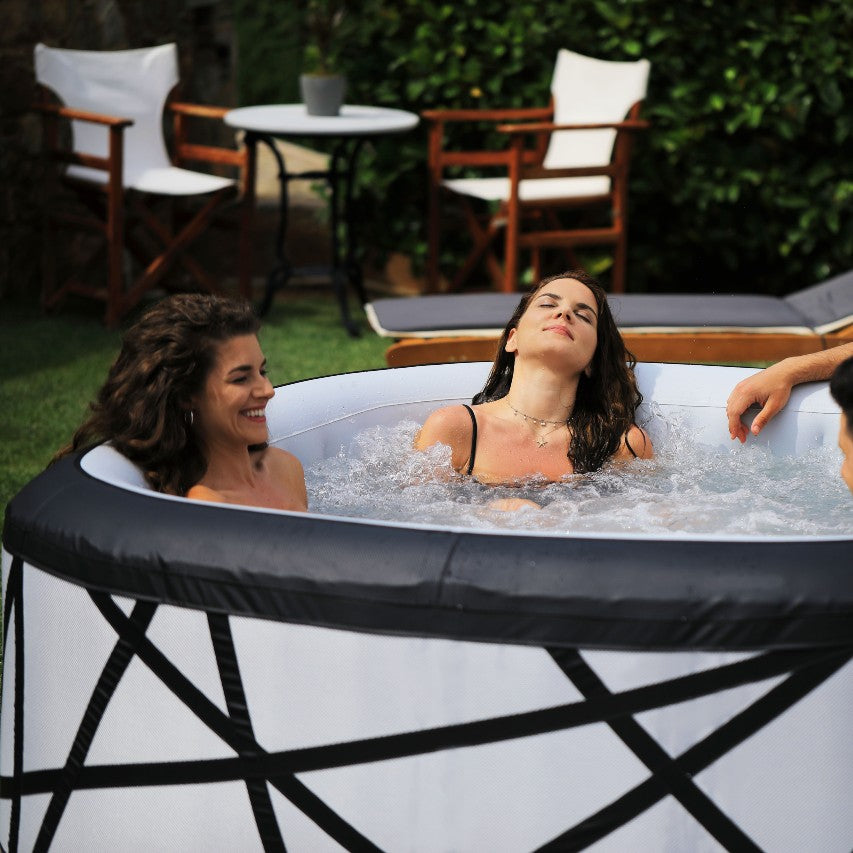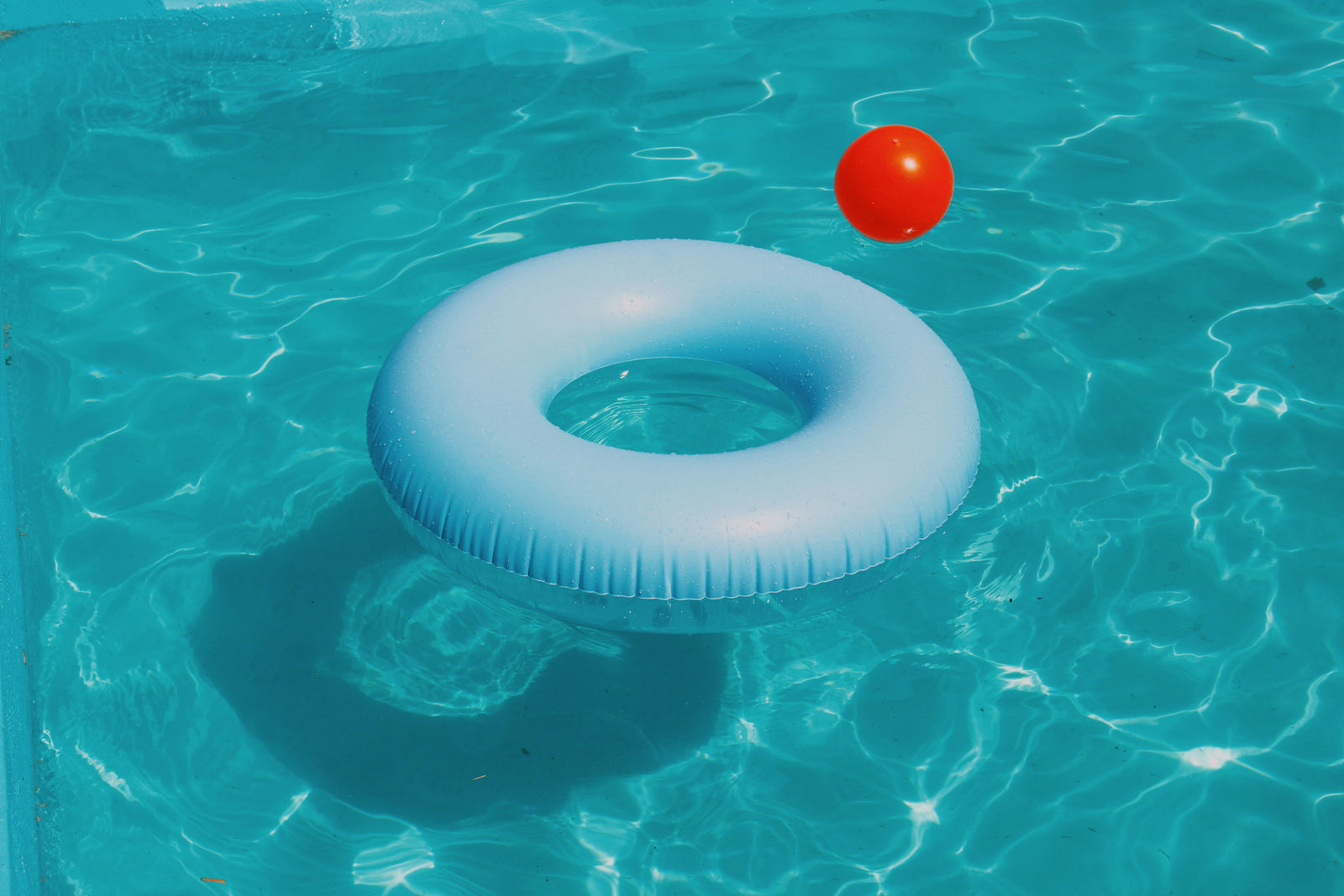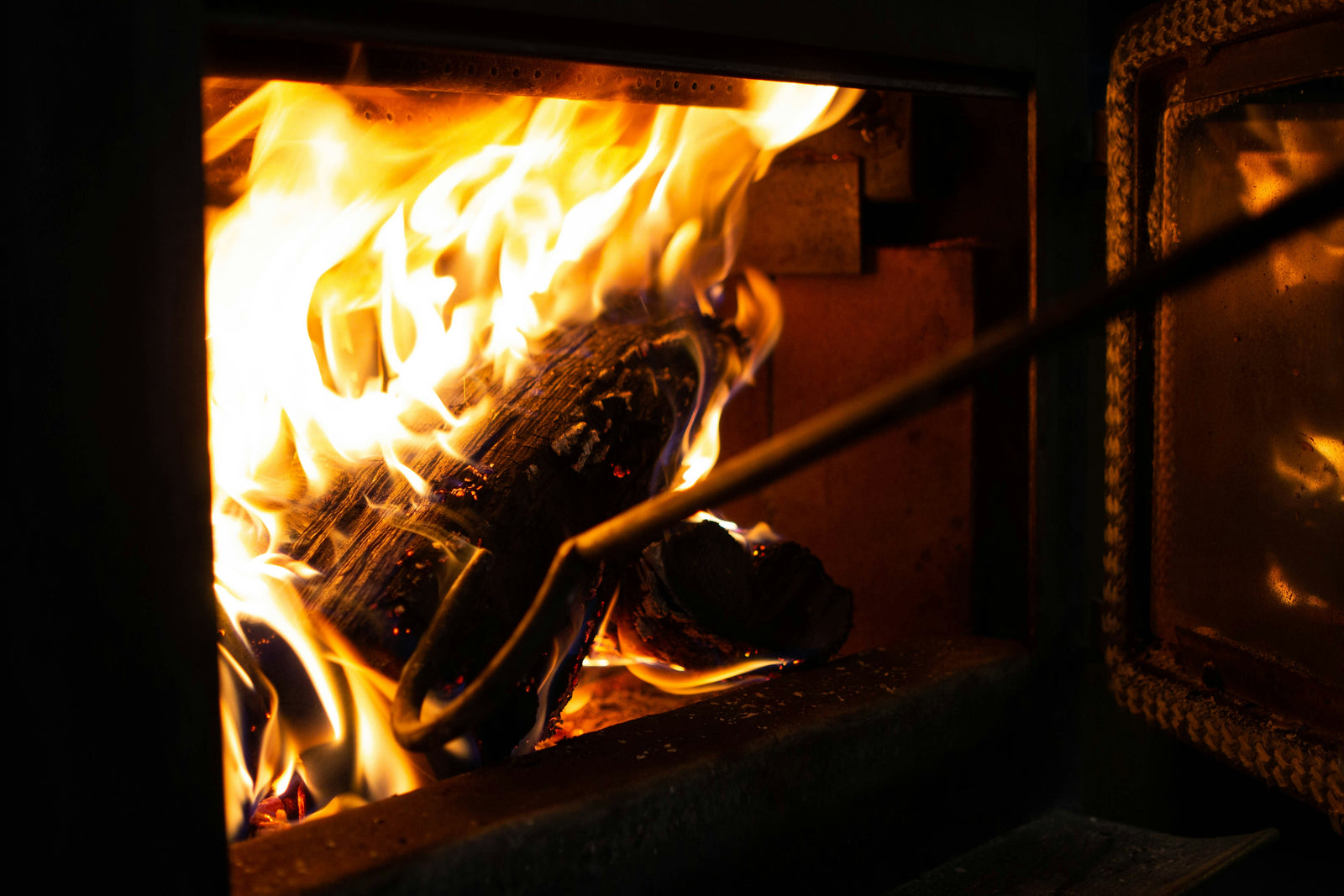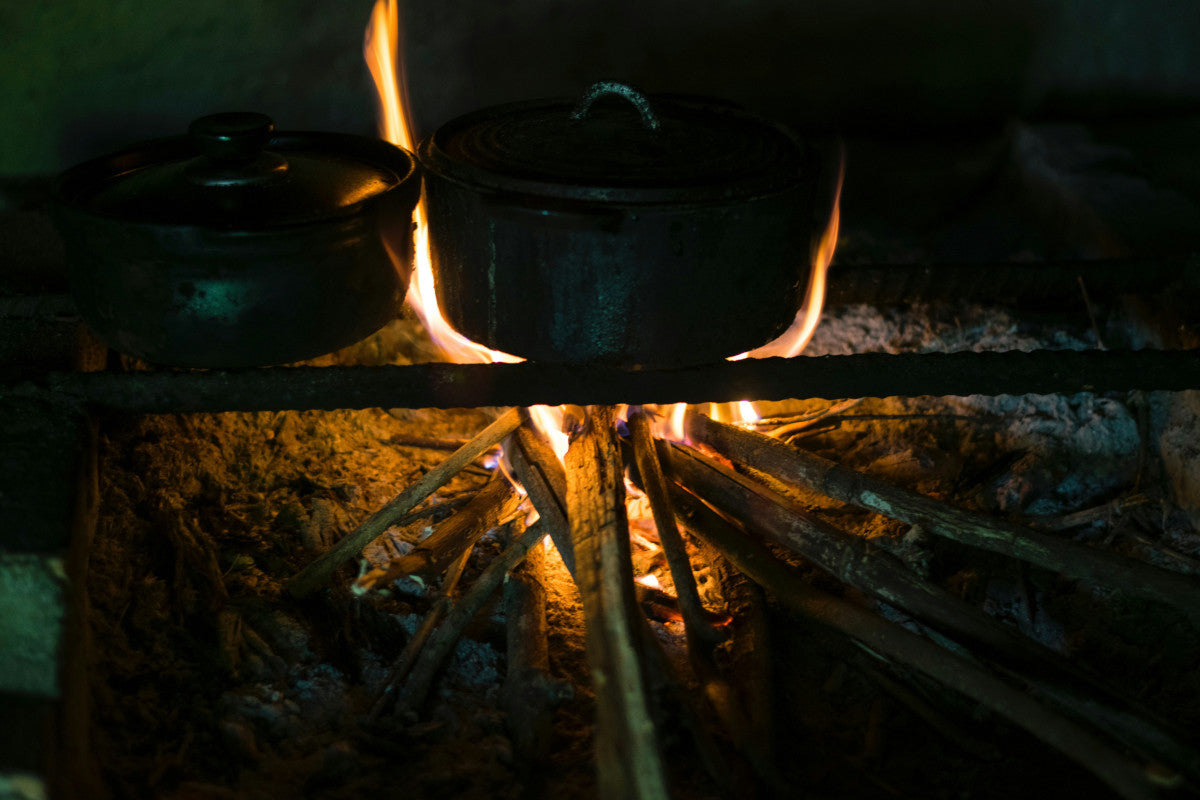Extending your swimming season by increasing your pool’s temperature is a compelling consideration for any homeowner who loves spending time outdoors.
After all, this is one of the defining features of your property - investing in something that helps you use it more and enjoy it to the fullest is worth every penny. But let’s set your expectations from the jump - how warm can a heat pump get a pool?
It depends on factors such as ambient air temperature, the specific heat pump model, the size of your pool, and the efficiency of installation along with a few others.
That being said, you can reasonably expect a premium-grade pool heat pump like those by AquaCal to warm your swimming pool to between 78°F and 104°F. But, AquaCal themselves says that their pumps will typically only be able to raise temperature by 30 degrees Fahrenheit in ideal conditions.
We’ll talk more about what you can expect below and help you find a solution that aligns with your climate and needs. But if you want to speed things up and start heating your pool to the optimal temperature today, invest in an AquaCal pool heat pump at Outdoor Direct!
What Affects Your Pool Heater Temperature Capabilities?

While investing in a pool heat pump is an excellent decision, it’s important that you set your expectations from the start so you aren’t frustrated or disappointed by its performance.
In order to do that, we need to highlight all the different factors influencing pool heater temperature capabilities - from the climate to the pump, installation, pool size, and more.
Ambient Air Temperature
Just as with how long does it take to heat a pool, the ambient air temperature influences how warm a pool can get. It’s not reasonable to expect your heat pump to take your pool’s temperature to 80 degree Fahrenheit in sub-freezing conditions.
This is all due to how pool heat pumps work. They extract heat from the surrounding air and distribute it back into your pool to raise the temperature slowly but surely. In this sense, it’s clear that efficiency and performance are going to drop when the air outside is particularly chilly.
In warmer climates, heat pumps operate at optimal levels because they do not have to work as hard to raise the pool temperature. Conversely, a heat pump may struggle to achieve the desired water temperature in colder climates.
The Pool Heat Pump Itself
As you can imagine, the best heat pump pool heater will bring your pool to a higher temperature than a cheaper, lower-quality unit. This is something you can gauge through specifications concerning energy efficiency, output capacity (measured in BTUs), and overall performance.
Higher-end models generally offer stronger heating power and better energy efficiency, allowing for quicker temperature rises and more stable heat maintenance.
This is why you should take your time to ensure the pump you choose matches your pool’s size and your regional climate to ensure it can effectively meet your heating.
Proper pool heat pump sizing is something we can help you with here at Outdoor Direct either through our customer service team or our intuitive quiz below.
Installation Quality
Proper pool heat pump installation not only ensures your unit can reach the desired temperature but also increases its life expectancy. On the other hand, an improperly installed heat pump may face issues such as inadequate airflow or incorrect plumbing connections, which can severely hinder its performance.
You need to allow sufficient space around the unit to prevent airflow blockages. The pump must be situated away from obstacles that could impede its function. Ensuring the heat pump is level and securely mounted is also important to prevent operational noises and vibrations that could lead to premature wear.
All things considered, we advise you invest in professional installation so that you can make the most of your pump and enjoy peace of mind knowing it’ll perform reliable for the long haul.
Pool Size
The volume of water that needs to be heated has a direct impact on the workload of a pool heat pump. Larger pools require more powerful heat pumps to efficiently raise and maintain the desired water temperature.
If a heat pump is undersized for the pool, it will need to run longer and work harder, which can lead to increased energy consumption and reduced lifespan.
Calculating the volume of your pool and matching it with the appropriate heat pump capacity is essential for energy-efficient heating. Again - this goes back to sizing. If you still aren’t sure which heat pump is right for you, take our quiz below.
Insulation and Pool Cover Usage
Using a pool cover is one of the most effective ways to increase your heat pump’s efficiency and squeeze out a few extra degrees. These retain heat, reduce evaporation, and keep out cold air, allowing the heat pump to maintain the water temperature with less energy.
So if you’re trying to get your pool heat pump to warm your swimming pool to a certain temperature, cover it while you wait.
You can take this a step further by ensuring good insulation around the pool area, including windbreaks and landscaping that shield the pool from prevailing winds. This reduces heat loss and maintains a consistent temperature.
The Time Factor
So, how warm can a heat pump get a pool? We hate to answer your question with a question, but consider this - how long are you willing to wait?
A pool heat pump can raise the temperature by 10-20 degrees Fahrenheit every 8-48 hours. The longer you’re willing to wait to let the unit work its magic, the warmer your pool can get.
This is part of why we recommend you leave your pool heat pump on all the time rather than just turning it on when you want to warm your pool. It’s more efficient to maintain a certain temperature range rather than constantly raise it back up and let it fall back down.
Still, every pump has its limit - so, how warm can get a heat pump get a pool?
So, How Warm Can a Heat Pump Get a Pool?

Under optimal conditions, a high-quality heat pump like those offered by AquaCal can efficiently heat pool water to temperatures ranging from 78°F to 104°F. This range provides a comfortable swimming environment suitable for most users and can be maintained with consistent heat pump operation.
It’s unlikely you’d ever want your pool to exceed 90 degrees Fahrenheit (just get a hot tub at that point!), but it’s nice to know that you have the ability to warm your pool to this pool heater temperature.
Just remember - achieving these temperatures is dependent on proper unit operation and environmental conditions, but with the right setup and maintenance, reaching the upper end of this spectrum is entirely feasible.
Whether your goal is to extend your swimming season or simply enhance your pool's warmth for daily enjoyment, investing in a reliable pool heat pump from Outdoor Direct ensures you achieve and maintain your desired water temperature efficiently.
So, invest in a small pool heat pump or commercial pool heat pump today!
Discover High-Performance Pool Heat Pumps at Outdoor Direct!

We empower our customers to spend more time outdoors relaxing and unwinding or making memories with the people who matter most. You gain access to the most trusted products for camping, your patio, and of course, the pool, all backed by world-class customer service.
AquaCal has been the most respected manufacturer in the pool heating industry since 1981, which is why we’re proud to carry both the AquaCal TropiCal and AquaCal Heatwave Superquiet heaters. Many of these serve as a pool heater and chiller so you can enjoy your pool year round!
The TropiCal is a more affordable solution that still packs impressive performance with COP ratings as high as 6.0 and BTUs between 52,000-132,000.
These are built to last with premium-grade materials like the Patented ThermoLink heat exchanger and corrosion/fade-proof cabinets. They’re also easy to use and can be controlled right from your smartphone.
On the other hand, those who aren’t willing to settle for anything but the best can rely on the HeatWave SuperQuiet series - a more efficient, whisper-quiet pump. COP ratings are as high as 7.1 and BTUs range from 101,000-143,000.
These are equipped with an AquaTop that maximizes efficiency while protecting internal components, and the unit has a microprocessor-controlled digital display for fine-tuning your pool heater temperature range.
Both series are backed by industry-leading warranties of 7-10 years. And when you shop here at Outdoor Direct, you can rest assured you’re getting the lowest price online - we even cover the shipping and sales tax (exceptions apply).
So, browse our catalog today and discover the high-performance pool heat pump you need for a comfortable swimming experience year-round. Remember, personalized assistance is just a few clicks away!
Still not sure which heat pump is right for you?
Parting Thoughts on Pool Heater Temperature Guidelines
So, how warm can a heat pump get a pool? It’s clear that there is no concrete pool heater temperature limit, but it can range from between 78°F and 104°F.
Where your specific heat pump will fall on this spectrum is influenced by the quality of your pump and installation, ambient air temperature, pool size, and more.
Find more helpful resources on pool heating in our blog, like AquaCal vs Hayward heat pump, pool heat pump cost, pool heat pump vs gas heater, pool heat pump not heating, AquaCal vs Pentair heat pump, AquaCal chillers, and more.
Otherwise, there’s just one thing left to do - invest in year-round swimming pool enjoyment at Outdoor Direct. The biggest determinant of your pool heater temperature capabilities is the unit itself, and you can set yourself up for success by securing a dependable, efficient unit today.








